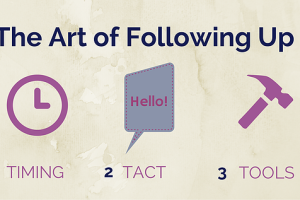Author and market analyzer, Rachel Botsman, describes collaborative consumption as a generational trend of sharing, interacting and bartering with selfless tendencies, while maintaining capitalistic behavior. I agree with Botsman’s assessment when viewing company products and agency projects like: Wikipedia, Human Genome Project, TaskRabbit, AirBNB and ZipCar (to name a few collaborative styled models with proven results).
A market trend is one important factor with collaborative consumption. Another notable result is profit potential for passive endeavors (like renting). The house rental site AirBnB allows people to rent their homes to travelers through direct interaction on the site. This is a collaborative way of bartering empty living space. The site allows communication with potential buyers, open bids and seller/consumer reviews. The average New Yorker makes $21,000 renting their space on AirBnB.
Rentoid, a gaming rental business that operates in similar fashion as AirBnB, averages $200 in profit for each user renting out their gaming system. Relayride, a car rental system in the same collaborative business model, averages $8,931 for frequent renters. While these are controlled and heavily monitored consumer/seller exchanges, similar to ebay or Zopa), another important development has emerged from collaborative systems – open sourcing (free, open access to information, data and software) and crowd sourcing (utilizing the social web to gain labor hours, collective energy and brainpower).
IBM strategist Joel Cawley refers to joining parallel computing and open source collaboration for product development…“Keep in mind that there was no strategy to do what we did with open source. It was happenstance all the way through the journey. We started doing what made sense, and kept on doing that each step of the way.” Cawley indicates what many companies have discovered – collaboration is sometimes best uncontrolled within the user interface of the host site.
Google Maps, which draws from accessible satellite imaging, has used crowd sourcing (collaborative communication and voluntary labor) to identify shipwrecks never before discovered. Mozilla add-ons, which involves software downloading to increase the user Internet experience, enables crowd sourcing for updating spam and ad blockers. I’ve personally benefited from such volunteer, community involvement to enhance the user experience.
TaskRabbit, an aforementioned company, allows users to haggle and bargain to settle on a price they feel is justified for a value exchange (a task for a task performed). Once the job is completed, the people involved amplify and announce their experience working together (social web sharing – one of the best endorsements available on the web). Essentially, the personnel involved in the sale and monetary transaction in TaskRabbit are controlling themselves within the parameters of the hosting site and user interface. This is collaborative consumption at work.
TaskRabbit’s example of collaboration is more controlled than Joel Crawley’s reference of peer production born out of chaos. Whether the structure or control parameters are loosely defined (Google Maps crowd sourcing) or heavily prescriptive (Wikipedia user conduct guidelines for open sourcing) collaborative consumption is driving the market in a relatively new direction and providing unique enterprising opportunities. The tools of the internet were once the catalyst of profit and philanthropy. Now, the internet is the mainstay and the catalyst is collaboration








